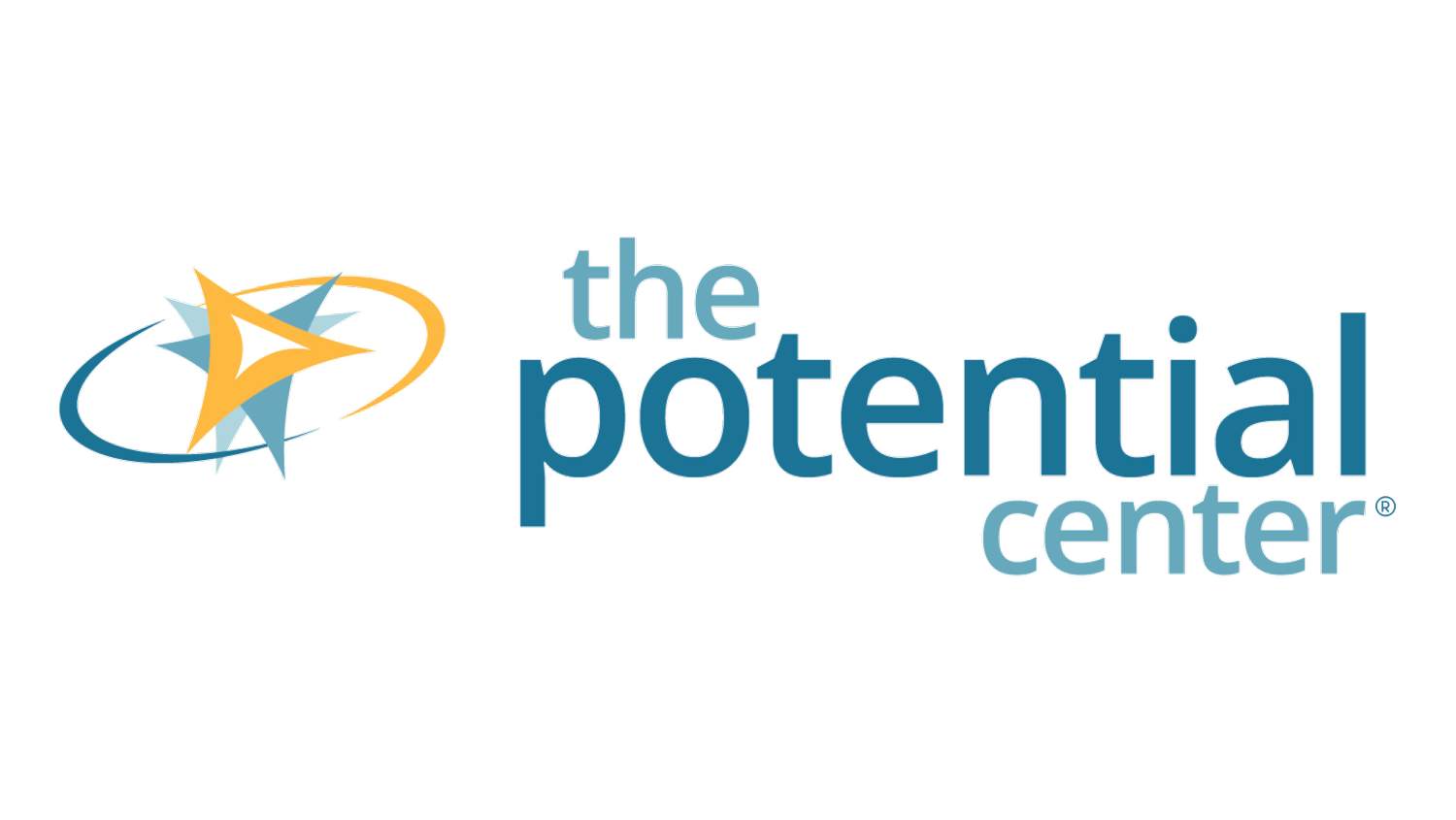Planning to Creatively Solve Problems
Photo By Sandeep Rathod
Think of the different kinds of planning that take place in your organization…
There’s strategic planning – very important, so people know their key goals and purpose for the coming year(s).
Project planning – without this the project would not get done on time, to the right level of quality.
Time management – planning your time allows you to get all your tasks done within an acceptable time-frame, with less stress than if you just wing it.
If you heard, “Plan for creativity” you’d probably say, “Who does that??”
Quite frankly, you should.
This may seem counter-intuitive. When you think of being creative, you probably think of spontaneity and thoughts off the top of your head. While these are characteristics of brainstorming, creative problem-solving is far more successful if you plan for being creative. Planning makes the space for those creative sparks to come through.
Plan on paper or on a whiteboard. Create a timescale for the creative thinking process, and include milestones. Be careful not to over-plan, though. As legendary choreographer Twyla Tharp says, “Overplanning creates a security blanket that lets you assume you have everything under control and that you’re further along than you thought. This type of perfectionism,” she says in her direct style, “is more like procrastination.”
The Story of the Tata Nano Car
Here’s an example of how planning gave low-income drivers in an entire country a leg up. This is the story of Tata Motors, India.
Coming into the family business Tata Steel, Ratan Tata eventually became the head of the company which grew to include Tata Motors. After successfully launching the low cost Tata Ace truck in 2005, Tata Motors began developing a car that was more affordable than the typical family vehicle.
What inspired this low-cost car?
One day, Ratan was out and about in Mumbai. He noticed the number of families on scooters. Yes, I said ‘families’. And their shopping. He was curious about their use of scooters and especially how they obtained them. He observed them buying scooters at farmers markets and everything else they needed to go with it. People got their motorcycle license there, they learned how to ride the scooter, and then they rode it home – all on the same day.
From seeing that, Tata was inspired to build the world’s cheapest car, The Nano, which could be assembled from a kit at local dealerships.
Observing the behavior of both scooter customers and potential Tata customers convinced him to go where the customers were. Ratan set up Tata Motors in farmers markets, and added financing, insurance and drivers ed services. The Nano was launched in 2009 @ $2200.
Planning to build the world’s most affordable car was a win-win solution. Not only did these activities generate even more revenue for Tata Motors, more people in India were able to afford a car and no longer needed to balance a scooter under two or more people and their shopping.
Light Bulb Thinking™
With the right support, any organization, team, and individual can learn creative ways to solve problems. At The Potential Center™, our mission is to simplify the creative problem-solving and innovation process so you can address urgent, pervasive and expensive problems. All while building better working teams.
Light Bulb Thinking™ demystifies and systematizes the creative problem solving and innovation processes to open the door to fresh ideas and creative strategic solutions. Planning is the first stage in the Light Bulb Thinking™ framework.
Get more inspiration!
Subscribe to the blog here
I’d love to have a conversation if you’d like to further explore a particular concept, or if you’re stuck on how to make the shift towards more creative problem-solving in your organization. Reach out at Ellia@ThePotentialCenter.com and we’ll set up a time to talk.

